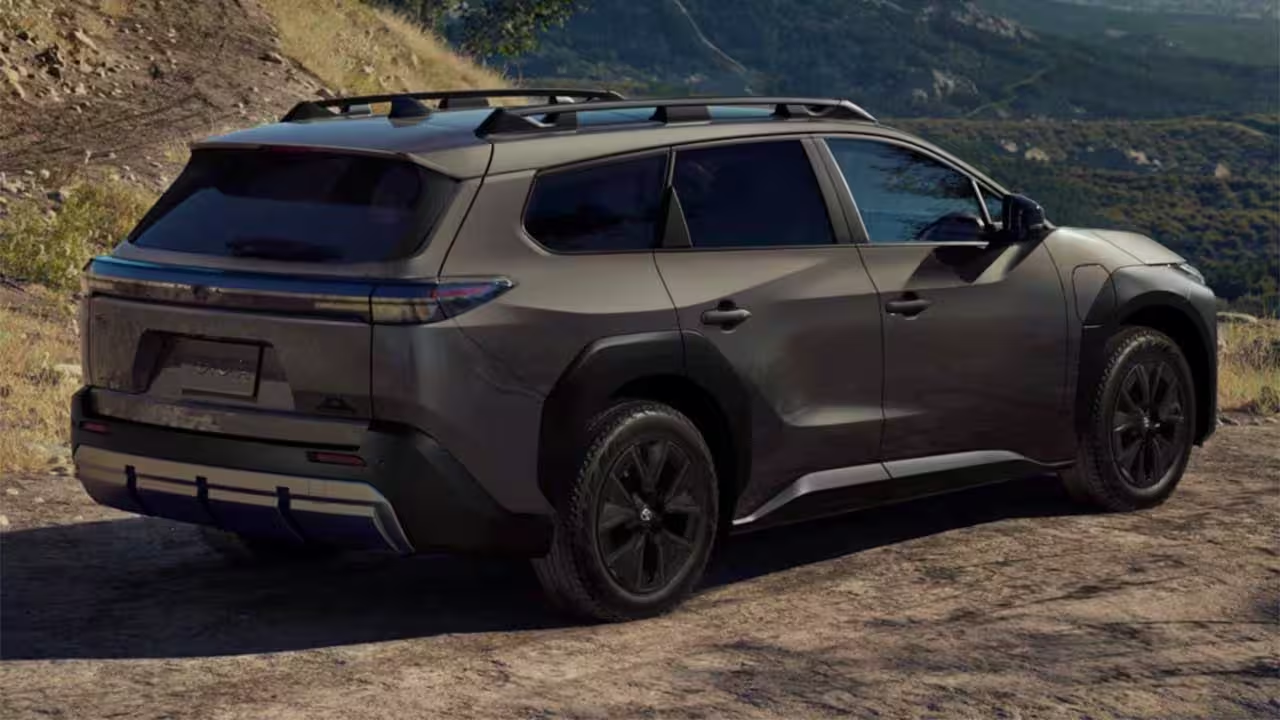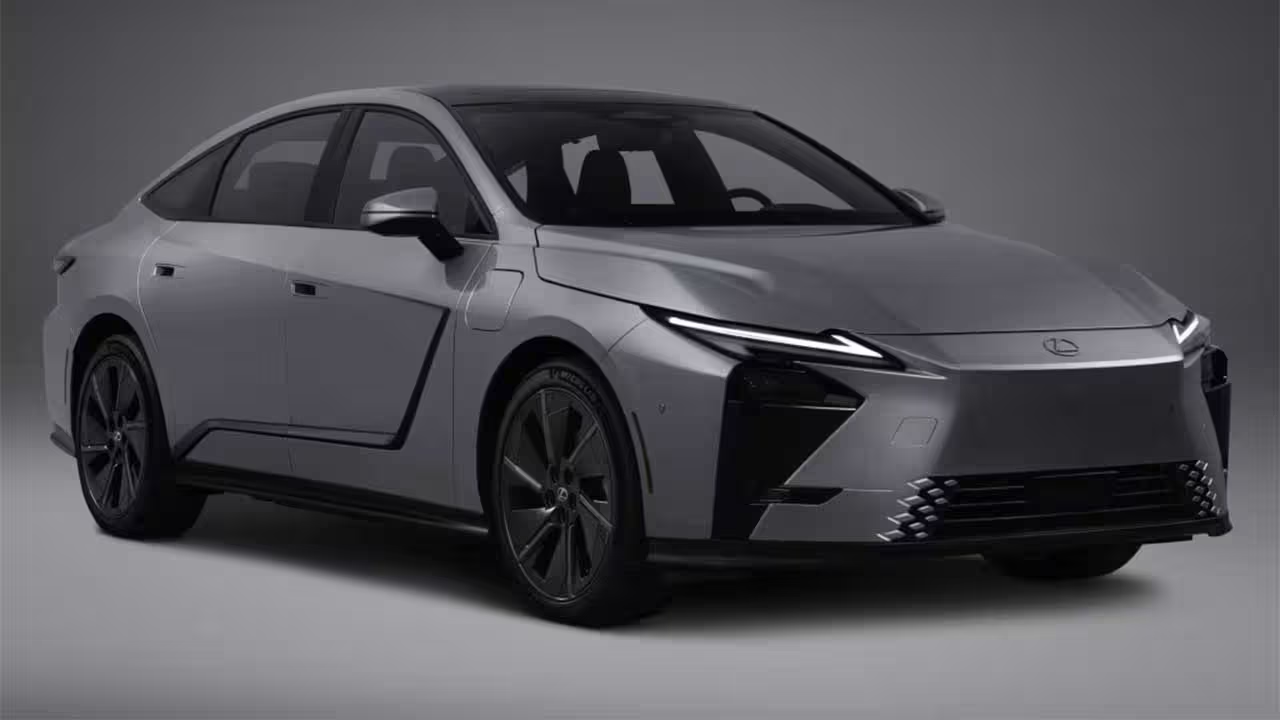3 Minutes
Toyota and Lexus Embrace Platform Flexibility for Diverse Powertrains
Toyota and its luxury division Lexus are restructuring their global vehicle portfolio to better adapt to the shifting demands of the automotive market. By integrating electric and hybrid drivetrains within unified platforms, both brands aim to streamline production and offer customers greater flexibility, reducing the complexity that comes with separate gasoline, hybrid, and electric lineups.
From Standalone EVs to Versatile Platforms
Historically, Toyota introduced its electric vehicles as distinct models—examples include the bZ4X and the electric C-HR, while Lexus brought forth its fully electric RZ. Meanwhile, traditional gasoline, hybrid, and plug-in hybrid models remained on separate platforms, each with unique body designs. Dedicated EV architectures have provided benefits, such as extended wheelbases for larger batteries and enhanced cabin space. However, this approach has also added to showroom confusion due to an expanded model range and made it harder for automakers to respond swiftly as global electric car adoption rates fluctuate.

Andrea Carlucci, Vice President of Marketing and Product Planning at Toyota-Lexus Europe, states: "We've concentrated on having a very extensive product range, but this increases complexity. The goal now is to offer fewer body styles but multiple powertrains within those platforms. That calls for architectures that can accommodate hybrid, plug-in hybrid, and full electric systems."
Showcasing the Future: Next-Gen Lexus ES
The next-generation Lexus ES exemplifies this innovative approach. This model is available as both a hybrid and a fully electric vehicle—sharing a common name, design, and the highly adaptable GA-K platform. Customers can select either front- or rear-wheel drive, and, crucially, all variants are built on the same production line with an identical interior and exterior. This flexibility enables Lexus to respond efficiently to changing market preferences between electric and hybrid vehicles. While Carlucci touts the ES as delivering the ideal balance for a multi-energy vehicle, some critics point out that its 77 kWh battery and estimated 480 km of range fall short of certain rivals in the electric segment.

Driving Dynamics, Versatility, and Market Positioning
By consolidating models and reducing development overhead, Toyota and Lexus can allocate more resources to vehicle refinement, advanced driver-assist technologies, and overall performance. At the same time, not all models are candidates for this multi-powertrain strategy: flagship lines such as the high-performance Toyota GR series and the iconic Land Cruiser will retain their distinctive identities and dedicated platforms. As Carlucci puts it: "Simplification is not always the answer. GR is not just about profits but also intangible brand value for Toyota, and the Land Cruiser will remain a vital part of our lineup."
In summary, Toyota and Lexus are setting a new standard in automotive manufacturing by merging electric and hybrid models onto flexible platforms, offering buyers a broader range of vehicle choices while ensuring easier navigation among available models. This forward-thinking strategy positions both brands for future growth and changing automotive trends.


Comments